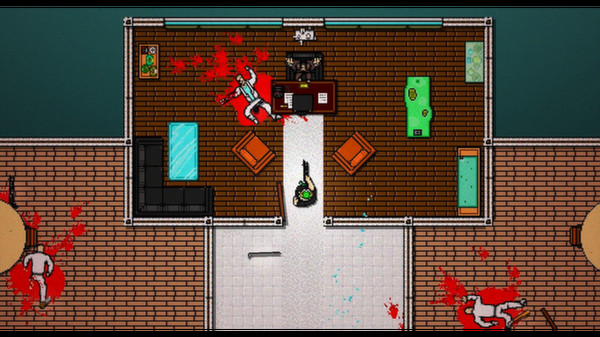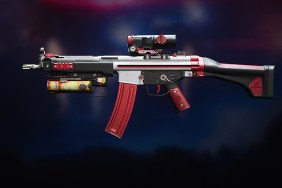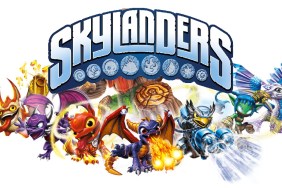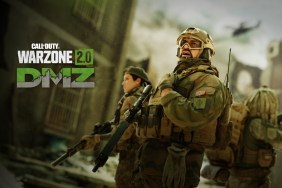Re-dial.
The original Hotline Miami was a game that gleefully stood on a very thin line between beauty and barbarism. Throbbing with vibrance and energy, the explicit gore that soaked its walls and floorboards was complemented by tightly woven mechanics, a pulsating, gripping soundtrack, and an obtuse story that remained a topic for discussion two years after protagonist Jacket had lay down his gun and lit up a cigarette on that balcony. Much like Drive, the movie that served as a great inspiration for the game’s developer Dennaton Games, Hotline Miami came out of nowhere and proved to be a hit, with its sequel not just one of the most highly anticipated indie games of the year, but one of the most anticipated games of the year period. It pains me to admit, then, that Hotline Miami 2: Wrong Number is quite the disappointment.
At first glance it seems that not much has changed between the release of the first Hotline Miami and its sequel. Its core concept has remained untarnished, with it still sporting a pixelated, neon-drenched art style and the top-down camera angle of a twin-stick shooter. You’re still tasked with clearing out rooms filled with enemies before progressing to the next level, and the control layout is identical. However, while it does indeed share the same DNA as its predecessor, it confidently travels along its own path, but this confidence is unfortunately misplaced.
The first Hotline Miami succeeded by way of the fluidity of its level design. You were free to choose how to progress through each room, along with deciding how to clear it of enemies. Hotline Miami 2 has significantly increased the scale of each room, packing them with more enemies and, as such, more opportunities to meet your grisly demise. However, while it was commonplace to die in Hotline Miami, each death was justified. Sure, it was frustrating to clear a room only to find yourself promptly dispatched by one enemy you had somehow overlooked, but it always felt fair. On the other hand, Hotline Miami 2 is has no such hang-ups about fairness.
Even pressing shift, which allows you to increase your field of view and take a further look at your surroundings, often only reveals a small portion of each level, given how large they are. When you step into the open, more often than not you will be mowed down by bullets shot by an enemy you cannot see, who is standing across the far side of the room. You’ll be forced to walk down open corridors that contain enemies lingering at their far end, who will mercilessly kill you even though there was no way of knowing that they were there. It’s incredibly frustrating, but not in a good way—completing the game’s particularly tough levels fails to elicit a feeling of satisfaction, but rather relief at not having to play through them again.
The new, larger levels also prove to be detrimental to both the combat and stealth elements of the game. Whereas melee weapons were always an option in Hotline Miami, in Hotline Miami 2 I found myself frequently forced to bait enemies to my location with gunfire, given that wandering into the open would inevitably lead to a quick death by way of gunfire distributed by an invisible assailant. The majority of my playtime with Hotline Miami 2 was spent stood in a corner, waiting for enemies to run at me before piling bullets into them. No matter the situation, this was almost always the most reasonable plan of attack, though inarguably not the most fun.
There are also multiple bugs to make the experience more irritating, which all rear their head far too frequently. Dogs infinitely spin around in circles on the spot, enemies become stuck in doorways and the player is sometimes unable to maneuver through open doors due to sporadic invisible walls. I also encountered one crash directly to my desktop, along with the game freezing on the odd occasion.
Hotline Miami 2 is devoid of a difficulty curve. From the get-go, you are thrust into rooms containing a myriad of enemies who initially seem impossible to overcome. With hours upon hours of playtime with Hotline Miami under my belt, it was a little disconcerting to find myself unable to cope with being thrown into the deep end, but Hotline Miami 2 requires a completely different method of approach for its stages (or “scenes,” as the game calls them). Once you figure out that, yes, you’re probably going to spend a lot of time standing in a corner and shooting into the open, waiting for enemies to approach you before blowing their heads off, things become a lot easier, but still much less enjoyable than the gameplay we were privy to in its predecessor.
This time around there is a much stronger emphasis upon the game’s story. With it being a far lengthier experience (I clocked in at around 10 hours), there was certainly more time to flesh out its characters and build upon the Hotline Miami world, which managed to draw in many admirers on account of its engrossing vagueness. However, Dennaton Games has instead decided to throw characterization and any semblance of coherence out of the window by having Hotline Miami 2 focus upon five different plot threads, each with its own cast of characters.. This vast array of playable characters also inevitably means that for every one that is fun to play, there is another who you’d rather forget existed.
For me, the Fans had the game’s most interesting story arch and were the most enjoyable to control. Essentially a group of ragtag sociopathic “vigilantes” who want to emulate the murders perpetrated by Jacket in the first game, each Fan wears a different mask and boasts different abilities. Tony the Tiger can kill enemies with his punches, Corey the Zebra can perform a dodge roll, Mark the Bear brandishes a pair of MP5s from the outset of each mission, and the two Swans, Alex and Ash, provide the most unique twist to the gameplay by effectively allowing the player to control two characters, with Alex carrying a chainsaw and Ash a gun. The player is able to fire the gun and swing the chainsaw simultaneously, though unfortunately Ash has a tendency to become stuck in doorways and the like, with his movement not being controllable. This means that he’s most effective in baiting enemies with a gunshot, before Alex deals the killing blow. Alternatively you can simply run ‘n’ gun, which is a great deal of fun but rarely effective given the plethora of enemies that also carry guns.
If the game would have predominantly focused upon the Fans, or at least decided to hone its vision upon another of its myriad protagonists, it would have been far easier to become invested in it. Instead, Dennaton has spoilt it with unnecessary convolution, and while the Hotline Miami story continues to revel in ambiguity, in Hotline Miami 2 it’s less successful in conveying its story due to far too many ideas being thrown into the pot.
The overabundance of characters also means that there are many different shifts in the gameplay, and while the aforementioned Fans are more in keeping with the original Hotline Miami, those that stray too far from the proven formula veer from dull to downright irritating. The worst example of this is in the Hawaii missions, in which the player takes control of “the Soldier” who is equipped with a gun that he cannot drop, with him instead having to replenish his ammo using a supply crate.
The Soldier highlights the worst elements of Hotline Miami 2’s larger levels, as I often found myself running out of ammo with the supply crate, of which there is only one in each area, not within my reach and me therefore having to attempt to take out an entire fleet of gun-wielding enemies armed with just a knife. On one particular stage I found it impossible to progress any further, and was therefore forced to restart from the beginning of the scene, thus undoing a solid 30 minutes of hard work. It took no small amount of inner strength to stop myself from throwing my keyboard to the floor in a fit of blind rage.
Despite all this, though, many of the things that made me fall so deeply in love with the first Hotline Miami are all present and correct. The soundtrack is pure bliss and has an extra layer of diversity this time around, with the thumping electronic music of the first Hotline Miami now sitting alongside some exhilarating drum ‘n’ bass, with featured artists ranging from M.O.O.N. to Perturbator and Carpenter Brut. It’s also packed to the brim with beautiful design flourishes, such as the flashback sequences being initiated with a sequence reminiscent of the fast-forwarding and rewinding of a VHS tape. Its visuals have also been touched up, with greater clarity in its vivid colors that bounce off the screen even more than they did in the original game.
However, these added touches and wonderful, momentary glimpses of what Hotline Miami 2 could have been only stand to make the game more disappointing. Dennaton have claimed that this will be their last Hotline Miami, but I hope we’ll see a third entry in the series as this isn’t the fitting finale that it deserves.
-
Still as gorgeous as ever
-
A compelling, infinitely replayable soundtrack
-
The Fans
-
Poor level design
-
Unfair deaths
-
Hawaii levels
-
Frequent bugs
-
Convoluted story with too many characters
Hotline Miami 2
-
Hotline Miami 2 #1

-
Hotline Miami 2 #2
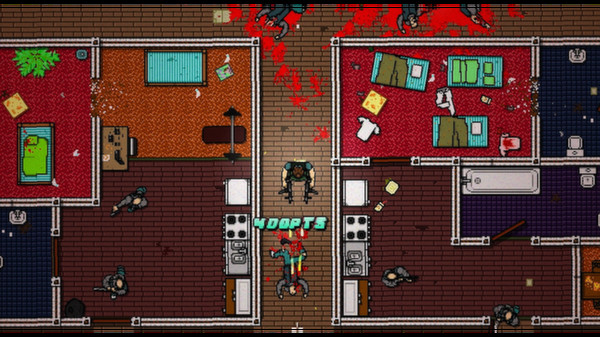
-
Hotline Miami 2 #3
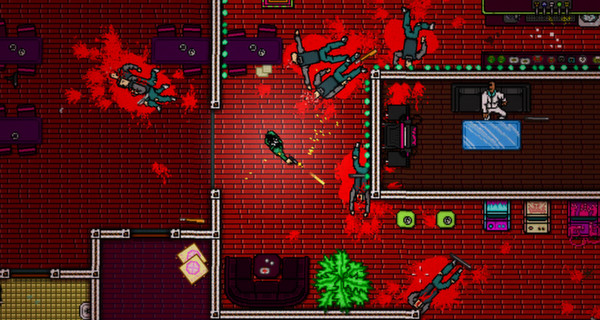
-
Hotline Miami 2 #4
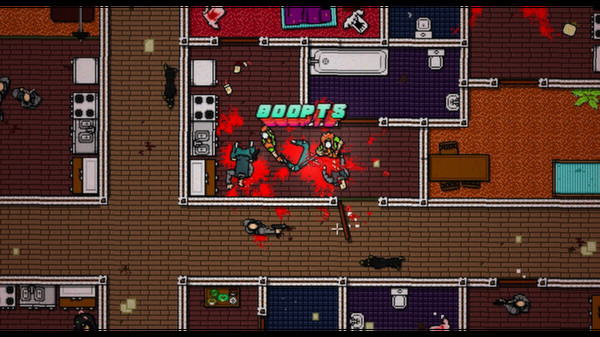
-
Hotline Miami 2 #5
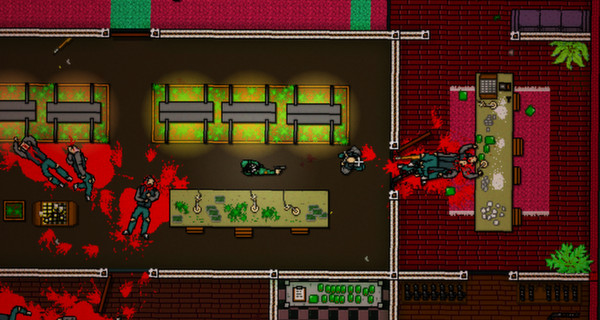
-
Hotline Miami 2 #6
